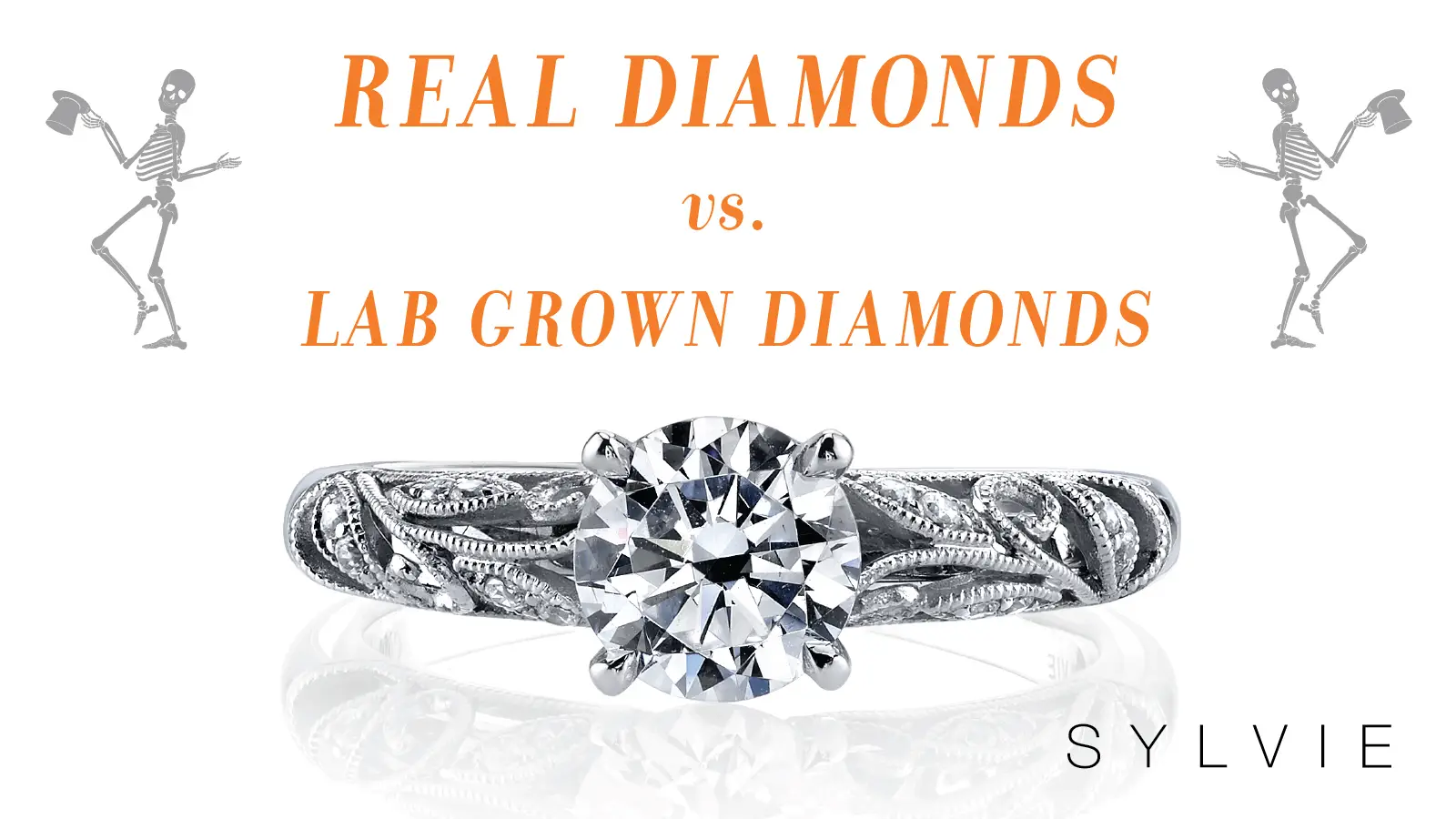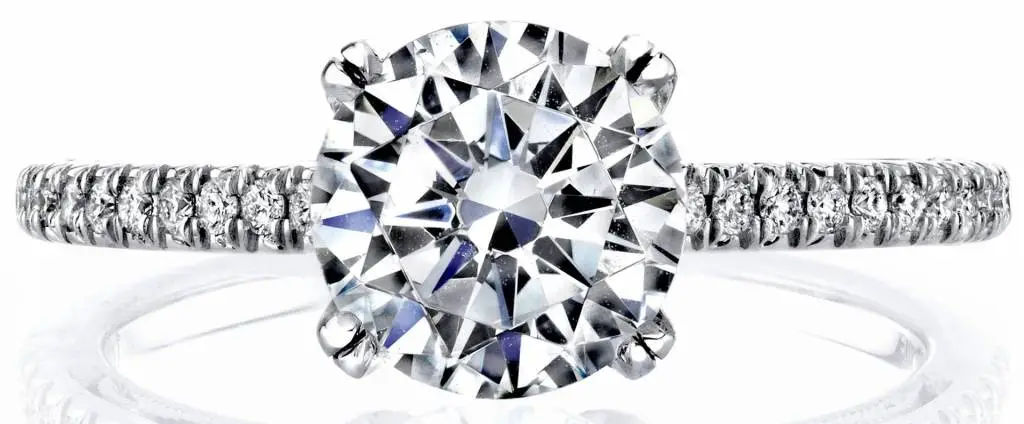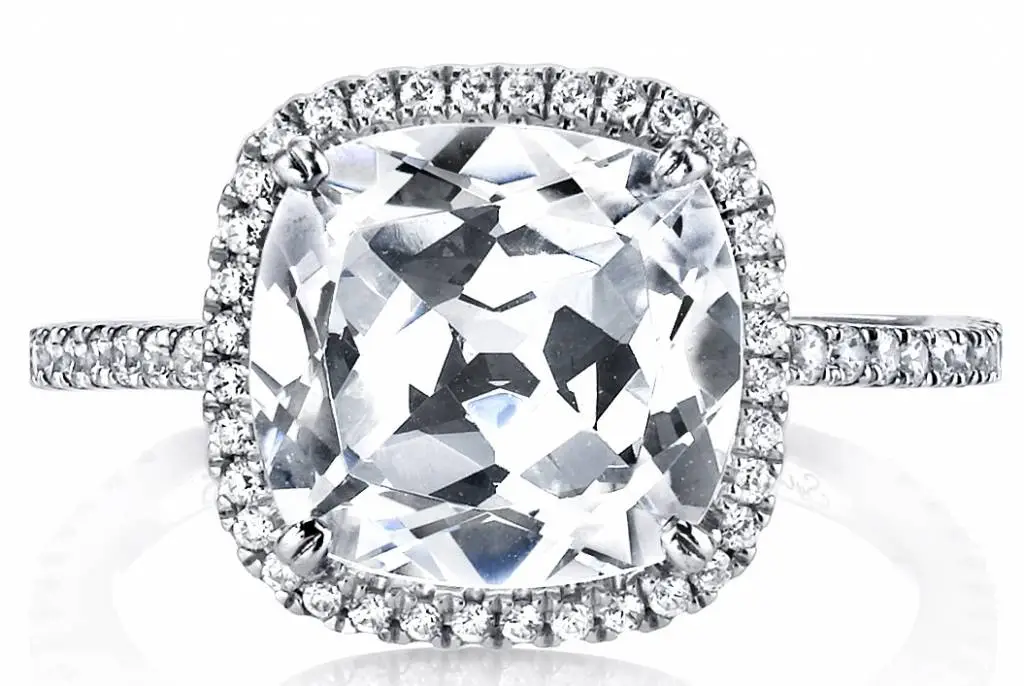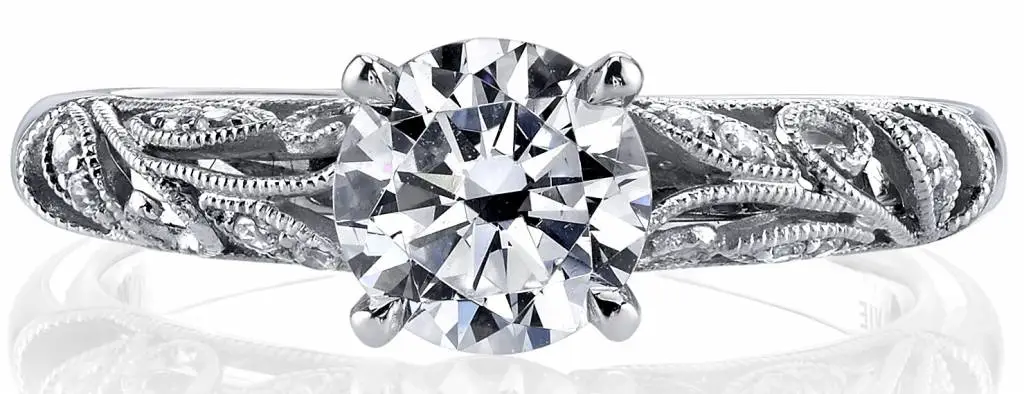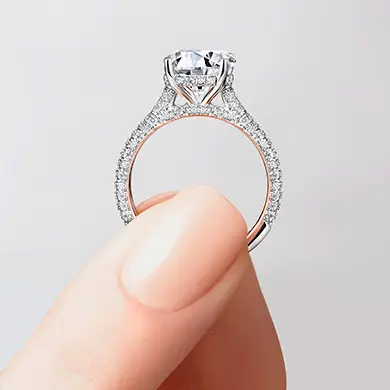Real Diamonds VS. Lab Grown
So, you’re ready to take the next step and propose. We’re so excited for you. This is one of the most important moments of your life and of course, you want it to be perfect. That is where we come in. We are here to help you choose the perfect diamond engagement ring for your bride to be – natural or man-made that is!
Examples of Real Sylvie Jewelry Diamonds
Choosing an engagement ring can be a challenging task. There are so many features to choose from such as, style, shape, carat size, clarity, etc. While those features are at the top of the priority list, today we’re weighing the difference between purchasing a real diamond or a lab grown one. Which one is more budget friendly? Which one has a higher clarity and quality? Keep reading to see which one is for you!
Amorette – Classic Solitaire Engagement Ring – S1533
Solitaire Engagement Ring – S1862
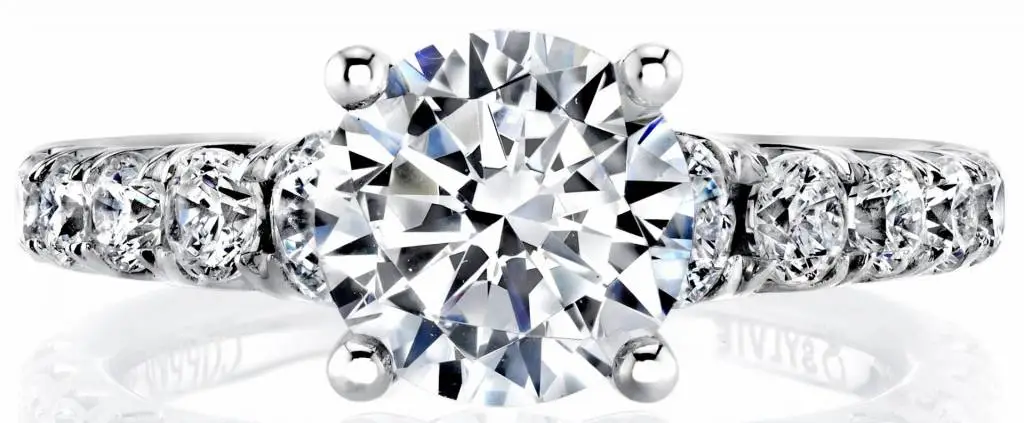
Natural Diamonds
Conventionally, naturally mined diamonds have been the go-to for engagement rings. They are timeless, authentic, and are formed under the earth’s soil. Although they aren’t chemically manufactured to be rid of impurities, no two natural diamonds are the same. At the Sylvie Jewelry, all of our diamonds are ethically sourced and mined from the earth’s soil. The costs of our diamonds vary according to carat weight, clarity, size, shape, etc. Although real diamonds do fall on the pricier side of the scale, you are receiving a timeless and rare stone that cannot be chemically produced. Similar to most jewelry manufacturers, we follow the Four C system, which outlines the cut, clarity, color and carat of a diamond center stone. When it comes to real diamonds, the price does reflect the authenticity – meaning they tend to be more expensive than a lab grown diamond.
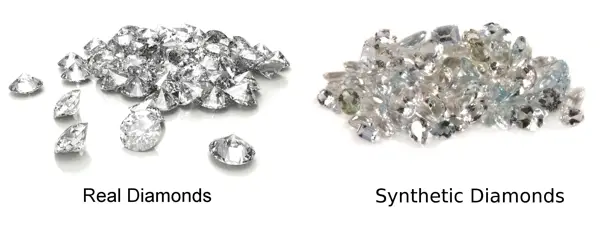
Lab Grown Diamonds
Lab grown diamonds are recently gaining somewhat of a name. They are man made and created using two different processes. All lab grown diamonds are put into a chamber of heat and pressure, which acts as a substitute for the natural process. Crystallization occurs within six to ten weeks and it is then cut, polished, and graded. Depending on the lab they either use a Chemical Vapor Deposition or High-Pressure High Temperature process.
CVD
Gaining popularity in the past couple of years, CVD is the process used to create high quality, grade diamonds using a chamber of ultra-pure carbon-rich gasses. The High-pressure process mimics what happens in natural soil, however, the chemical vapor deposition is said to be more publicly used. With the CVD process, the carbon based gasses are heated until they split apart allowing for the atoms in the carbon to separate. The atoms then form layers that form a diamond.
High Pressure
With high pressure, the machine uses the pressure of 60,000 atmospheres and a temperature of 2,500 degrees Celsius. Within the chamber, it has all the elements needed to create a diamond. From the seed, graphite, to the catalyst of metals and powders. This process of carbon atoms turning into molten and creating a diamond takes several days. After they grow the diamond, it is removed and cleaned to be cut and polished. As a whole, man-made diamonds take up to several months to be produced. Both processes used a controlled environment that produced quality grade diamonds.
Cushion Cut Engagment Ring with Halo
The pros of purchasing a lab grown diamond are the affordable costs and the ability to make a diamond exactly the way you want it to look. Lab grown diamonds come with similar features to a real diamond such as, shape, color, and style. However, with a lab grown diamond you are not getting a unique and rare piece. Considering it is made in a factory and mass produced, although pure and with no imperfections, there is no connection to the earth and where it came from. Lab grown diamonds do cost around 30-50% less than a real diamond, but it honestly depends on whether you would rather pay more for a naturally made diamond or less for a man made one.
Roial – Vintage Inspired Engagement Ring – S1392
How to tell the difference between a Lab Grown and a Real Diamond?
- Some lab grown diamonds are inscribed with an inscription to tell the difference
- Lab Grown diamonds come with no impurities – while a real diamond mined from the earth
might come with some elements that add some impurities - There are special machines that can determine the florescence of a real diamond and a lab grown one
Real diamonds are a miracle from the earth, while a lab grown are made in a factory under surveillance of a machine. It is up to you to decide if that is important to you or not. A real diamond is rare, strong, and cannot be mimicked. This makes the diamond timeless and unique to the bride wearing it.
For more information on finding the perfect diamond engagement ring, subscribe to our newsletter, or find a retailer near you.
Looking for summer essentials, trends, and more? Follow us on Facebook, Twitter, Pinterest, and Instagram!
References:
https://www.popsci.com/how-tell-apart-lab-grown-and-natural-diamonds#page-3
www.moneyunder30.com/lab-grown-vs-natural-diamonds
https://www.miadonna.com/pages/stone-guide-lab-created-diamonds
